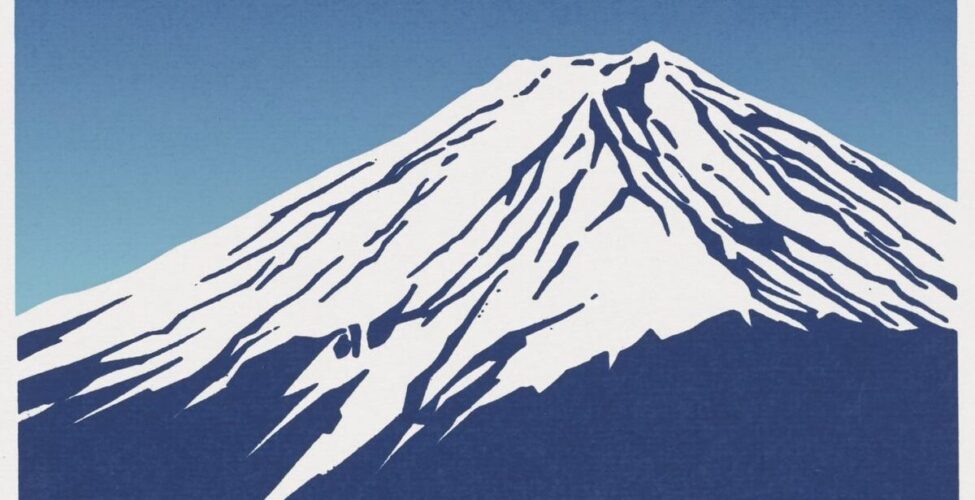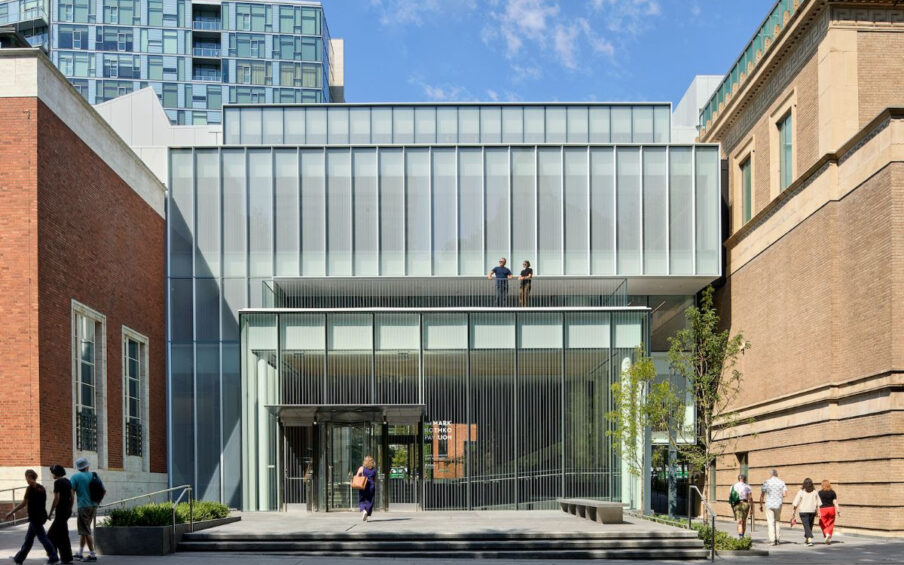Go behind the scenes with assistant curator Helen Swift on her inaugural exhibition at the Portland Art Museum.
Human | Nature: 150 Years of Japanese Landscape Prints, currently on display in the Jubitz Center for Modern and Contemporary Art, visualizes Japan’s relationship with the natural world through a dazzling selection of woodblock prints from the 19th and 20th centuries. All of the works in the exhibition, from Katsushika Hokusai’s Great Wave to Maki Haku’s Fuji san –12, are from the museum’s permanent collection, which numbers over 2,500 Japanese prints. As Japan Foundation Assistant Curator of Japanese Art, it is my responsibility to research this superb print collection and activate it ways that connect the museum community with Japanese art and culture—Human | Nature is one major outcome of this work.

As a new arrival in Portland last June, I was tasked with conceptualizing an exhibition of Japanese prints while simultaneously getting to know the museum and the city.
As a native of the good and green, but very flat countryside of England, I was excited by the spectacular landscape I encountered upon landing at PDX, and after a few weeks in Portland, it became clear to me that the mountains, forests, and rivers around the city are incredibly important to its people.
Portland seemed the ideal place, therefore, to explore another equally beloved and rugged landscape—the landscape of Japanese woodblock prints.
Collections Manager, Anne Crouchley, helped me take hundreds of Japanese prints out of museum storage to examine for this landscape-themed exhibition, which would ultimately include around 60 artworks.
In addition to considering things like the physical condition, historical interest, and aesthetic appeal of each print, I prioritized artworks that I felt might resonate with people in the Pacific Northwest, and so motifs like Mount Fuji, waves, waterfalls, and even bridges naturally rose to the top of my exhibition shortlist.


With a checklist of artworks in hand, I collaborated with the museum’s conservator, registrars, and preparators to plan the exhibition’s installation. Japanese prints require special display conditions due to their light-sensitive nature, so they are typically exhibited in a dedicated space on the first floor of the Main Building.
However, preparations for the construction of the Rothko Pavilion require the temporary closure of this gallery. As such, for the first time, Japanese prints would be installed in the Modern and Contemporary Wing, in a gallery designed for displaying photography in low-level light conditions. Through consultation with my colleagues, photography curator Julia Dolan and Asian art curator Jeannie Kenmotsu, and with the help of some nifty 3D modeling software, Human | Nature started to take shape in this exciting new space.
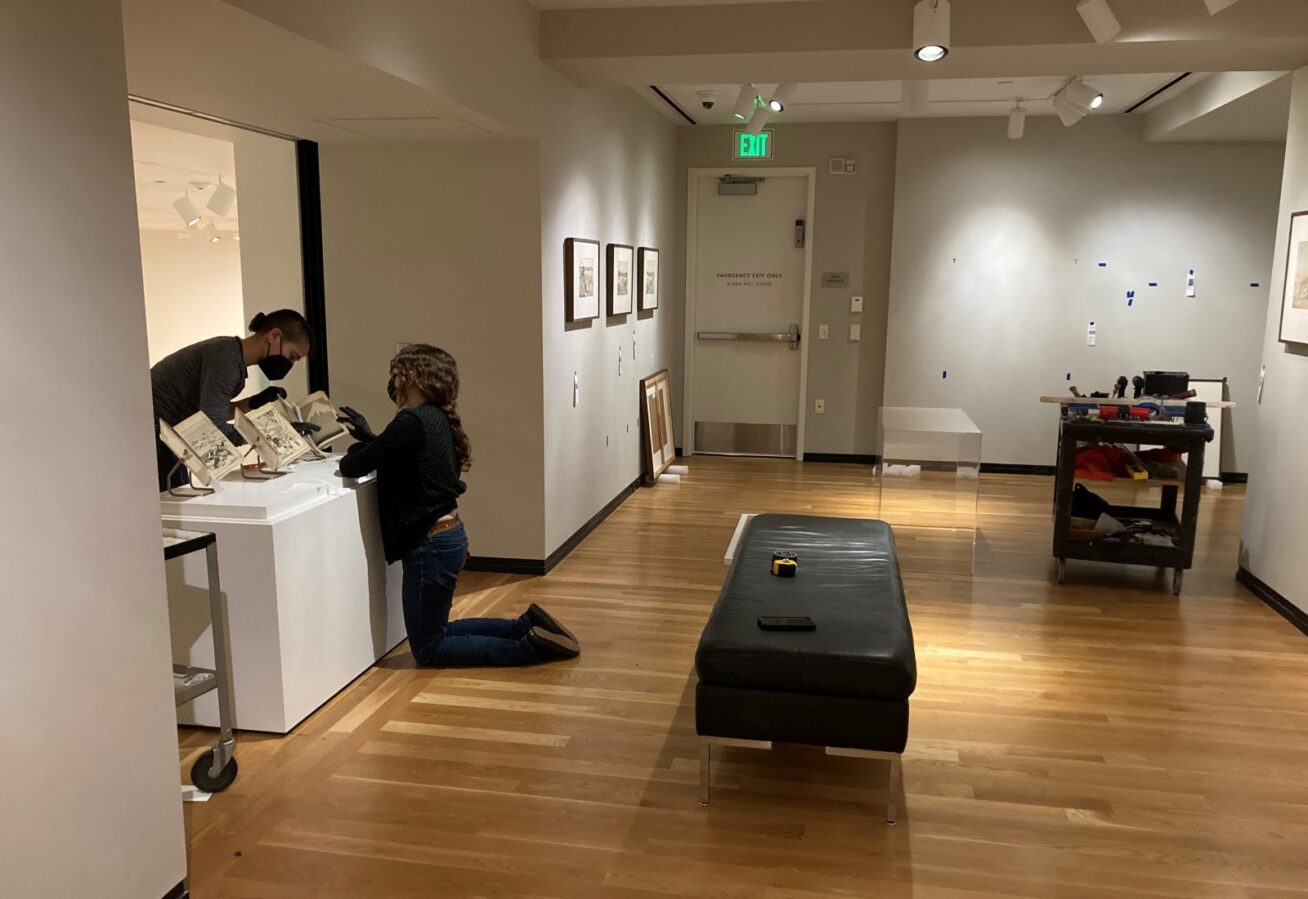
A week before the exhibition opening, a skillful team of preparators assembled to install my final selection of prints, including some finicky 200-year-old books that required extra love and care.
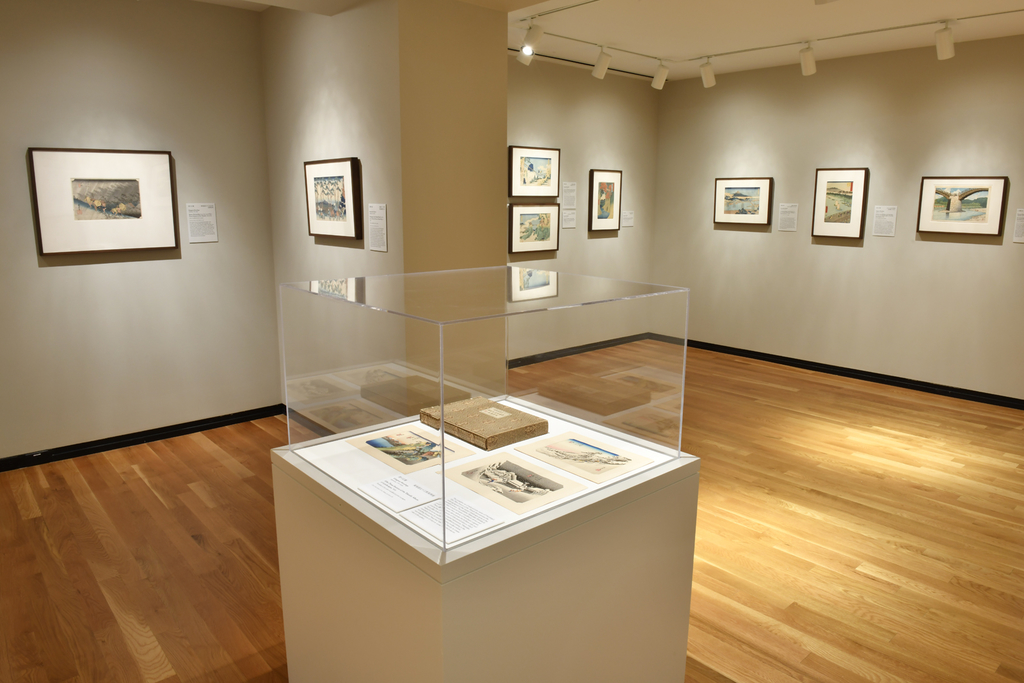
The photography gallery has proved to be ideal for vibrant Japanese prints, which seem to glow from the dim nooks of this intimate space. Here, visitors can study the extraordinary craftsmanship of landscape prints up close, or sit back to quietly contemplate their colorful visions of the natural world—but beware, this is a limited time opportunity!
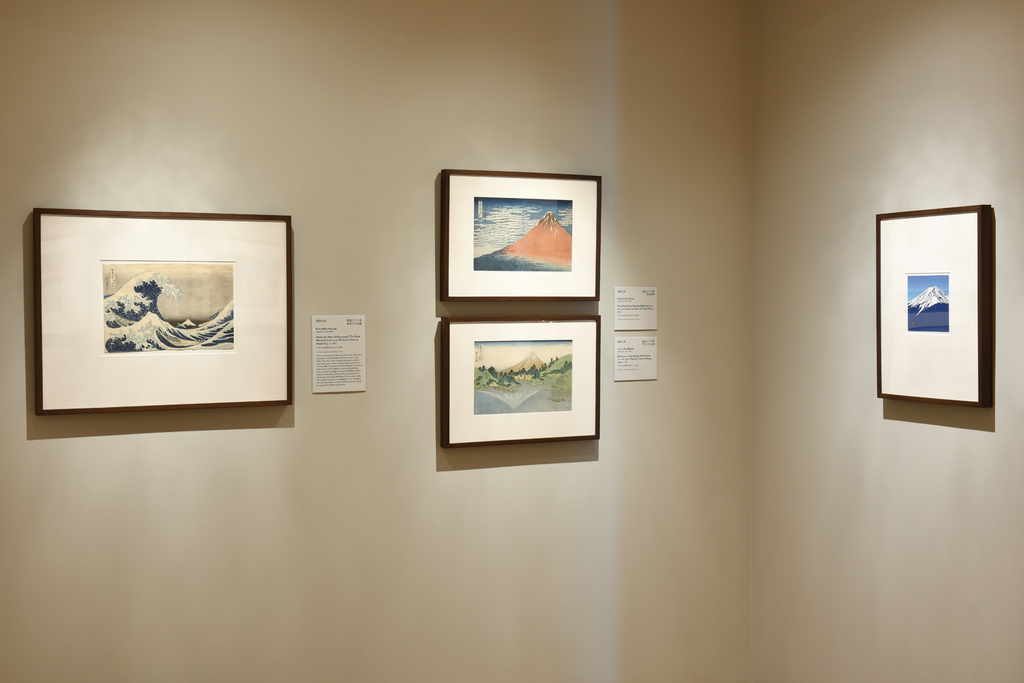
In early May, the doors will have to close so that these delicate artworks can be returned to their custom-made acid-free boxes, where they will rest safely in the dark for some five years or more until their next public outing.
— Helen Swift, Japan Foundation Assistant Curator of Japanese Art
Human | Nature: 150 Years of Japanese Landscape Prints, December 3, 2022–May 7, 2023. Organized by the Portland Art Museum, Oregon, and curated by Helen Swift, The Japan Foundation Assistant Curator of Japanese Art. Support provided by the Japan Foundation.

